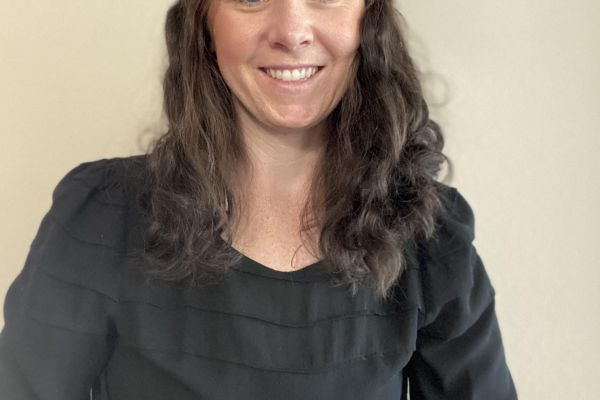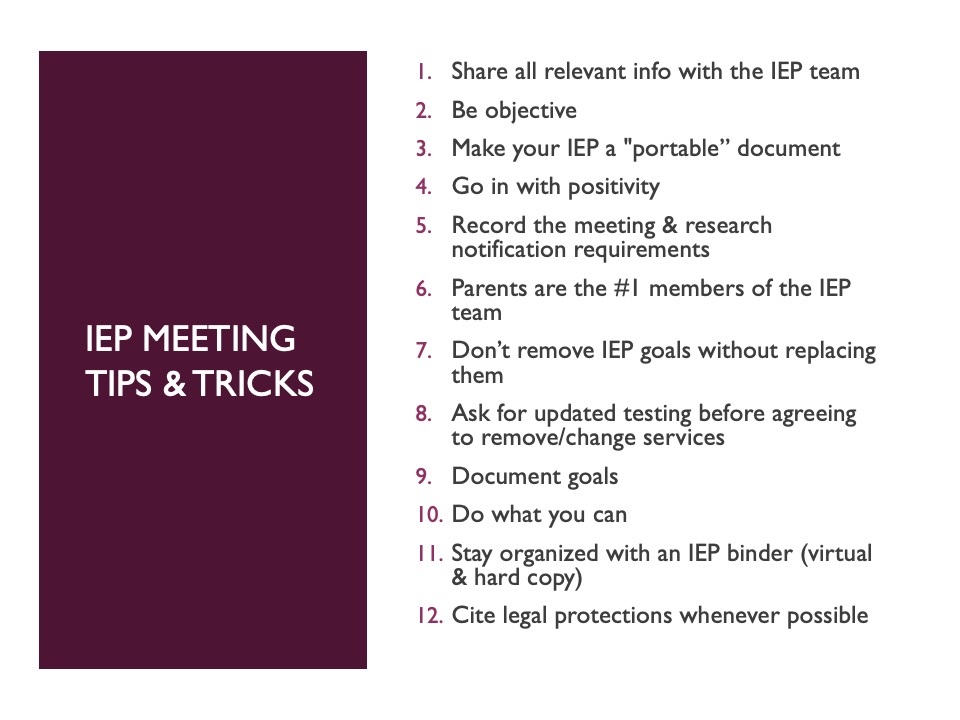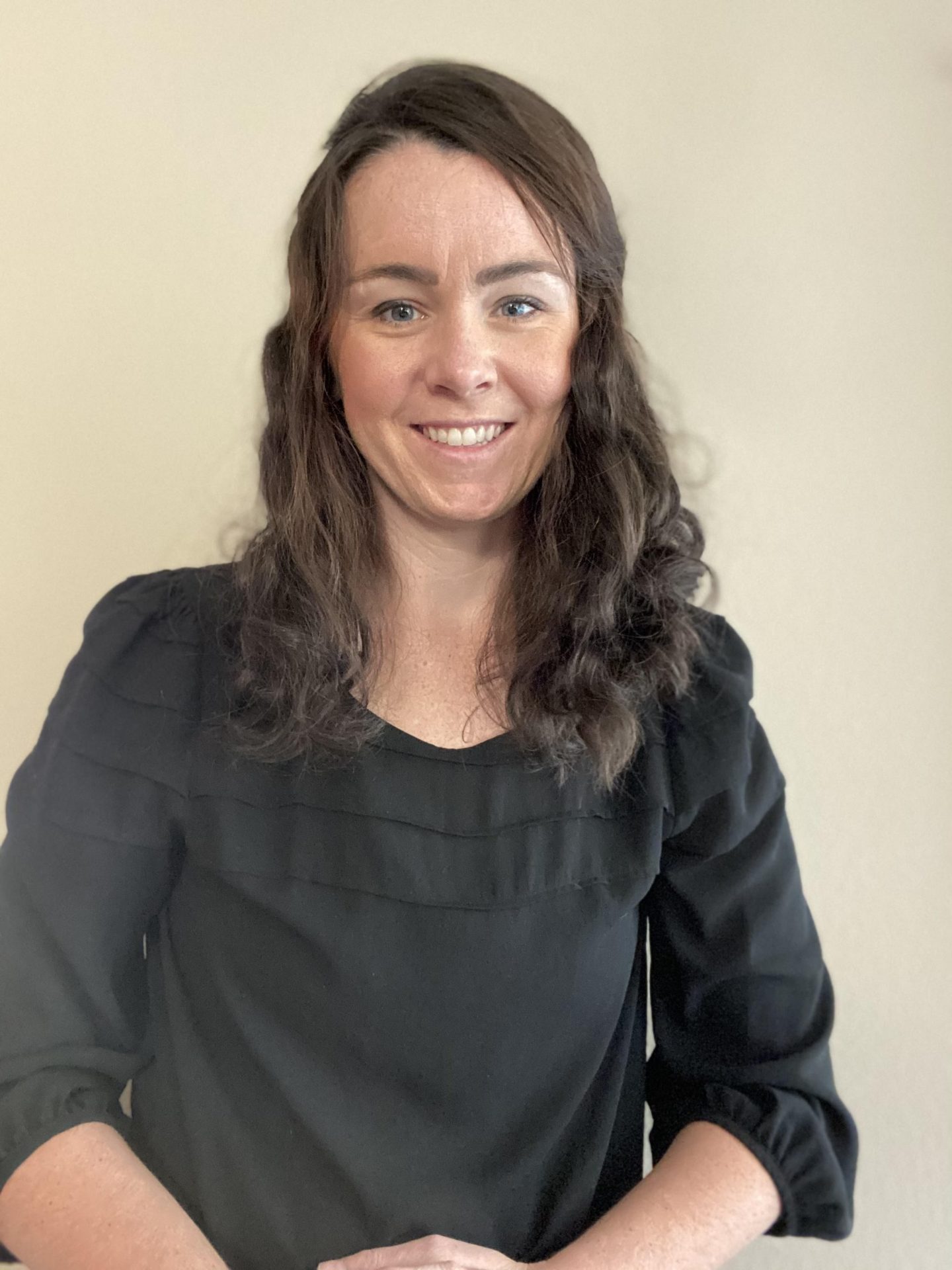
Tips and Tricks for Parents from a Special Education Teacher
| IEP, Transition
My eyes were recently opened to a new education law in some states that allows teachers to educate while taking courses to become a teacher. This is an example of the drastic measures states are having to take to fill the educator spots in their districts. Why? Because there is a serious shortage of teachers due to a very high rate of teachers leaving the classroom, especially special education teachers.
Why the quick burn out? Teachers are overworked, underpaid and unnoticed far too often. But that isn’t anything new. It is not a secret that teachers don’t decide to embark on their career as an educator to make money, they do it because they truly love what they do.
Special educators know the logistics of special education laws, Individualized Education Program (IEP) regulations, and the importance of educating to accommodate each student’s individual needs. And when classroom size, and staff to student ratios are appropriate, it’s exactly what we “signed up for.” It’s the most rewarding job in the world (in my opinion). Due to the teacher shortage and increase in IEP’s, most classroom sizes are bursting at the seams which makes the job of an educator near impossible. The stress of following federally mandated guidelines, district IEP deadlines, teaching high needs students, collaborating with concerned parents, and most importantly large classroom size are all contributing factors to special educators leaving their jobs early. It’s truly unfortunate that districts are losing remarkable educators due to near impossible roles teachers are expected to tackle.

IEPs from a Teacher’s POV
IEPs are legal documents used nationwide; however, standards can differ from state to state based on state laws and their interpretation of federal law Basically the Individuals with Disabilities Education Act (IDEA) has minimum requirements all states have to meet and some states choose to offer more. I am sure these differences can be very frustrating for many military-connected families who move often. In a perfect world the transition IEP would be received by the new school months prior to the student’s arrival and services and tools needed would be put into place prior to the student’s start date.
As a military spouse I know that sometimes that advanced timeline is not always possible when moving with the military. In my experience as an educator, I have received an IEP of a new student ONE day prior to the student arriving. It was an absolute scramble to get tools put into place to allow that student to not have a horrible first day at a new school. This is not an ideal situation to be in for the student or the staff. We want that first day in the new school to be a success because we all know change is HARD.
Transitioning to a New School
When getting a new student mid-year, it can truly uproot a classroom. Change for some students, including students presently in the classroom, can be extremely difficult and cause some regression. A simple addition to a classroom can change the whole classroom dynamic. A special educator should do everything and anything to ensure that a new student is welcomed and has all the appropriate tools needed for them to be successful in their new class, as well as preparing the current students in the classroom for the upcoming change. Due to funding, classroom sizes busting at the seams, and lack of resources new student transitions don’t always go as smoothly as they are intended to.
First, the school receives (hopefully) the child’s IEP from the previous location. Law states comparable services are required until the IEP team finishes adopting, changing the IEP within 90 days of transferring. This requires the IEP team, which includes both the student and parent, to meet and discuss how they can best fit the previous IEP into their new school environment. Again, due to resources, funding, space, etc. some resources that were utilized in previous locations may not be offered in the new. This can be frustrating for all. A special educator will use his/her “bag of tricks” to try to best meet the needs of the child, but sometimes that bag of tricks just is not the same as the previous schools. I have worked in schools that have had amazing resources, sensory rooms, adaptive PE, etc. and then worked in schools that teachers would have to create their own sensory environments and implement adaptive PE in their tiny classrooms. It just is not the same, which is hard for these students to “lose” something they once had which proved to be successful.
Connecting Old and New Educators
Communication with the previous educator has proven to be extremely beneficial in understanding how to best meet the students’ needs with the resources the school was able to offer. I learned to create my own learning tools that were comparable to what the previous teacher described. I try to find unique ways to bring familiarity to the new student to assist them as they adjust to the new school. In my experience, collaboration (with consent) between previous school and new school is key to a successful and flawless transition.
Can SPED Transition Ever Be Easy?
Honestly, there will probably always be a hiccup along the way. Every school/district and state implement protocols and follow guidelines just a little differently. However, your child is always guaranteed access to a Free Appropriate Public Education. We can do all we can to ensure it is a little easier for all involved in this change.
What YOU Can Do
Parents make sure that paperwork is sent as EARLY as possible to the new school and request or give consent that the previous educator get in contact with the new educator. Request all data, communication tools, sensory tools, anything that your child uses to access curriculum is described with specific detail. Photos of these items can be very beneficial if needed to re-invent at the new school. Consistent use of any tools your child depends on for education success is KEY!
My hope for every parent who has to advocate for their child with an IEP is that you will always have special educators who do everything they can to ensure your child is successful in their new learning environment and help ease the stress of change for your family. Research your new states laws/guidelines prior to arriving so you understand the differences, if any, and ask how these changes will impact your child. Parents know their child best, don’t be afraid to share your opinions with the new school. In closing, my biggest suggestion is COMMUNICATE with your new school and document the communication to ensure everything in your move/transition goes as smooth as possible.

Caitlin Szoch is a proud Navy spouse and mother of three. She obtained a Bachelor of Science in Elementary Education and a Master of Science in Special Education. As an educator Caitlin spent most of her time educating and advocating for students who require IEPs to be successful in the school setting. Her seven years of experiences include public schools in Massachusetts, and Virginia and a Department of Defense school overseas. In addition to being an educator, Caitlin also has experience in providing Applied Behavior Analysis (“ABA”) therapy for children and their families in the home setting. Caitlin is passionate about creating learning environments that bring every student success in his/her own way.





These tips from a special education teacher are great for parents. Changes can be difficult for some students so these tips can ease this transition. Thanks for sharing!
Wonderful Information In This blog thanks for sharing this